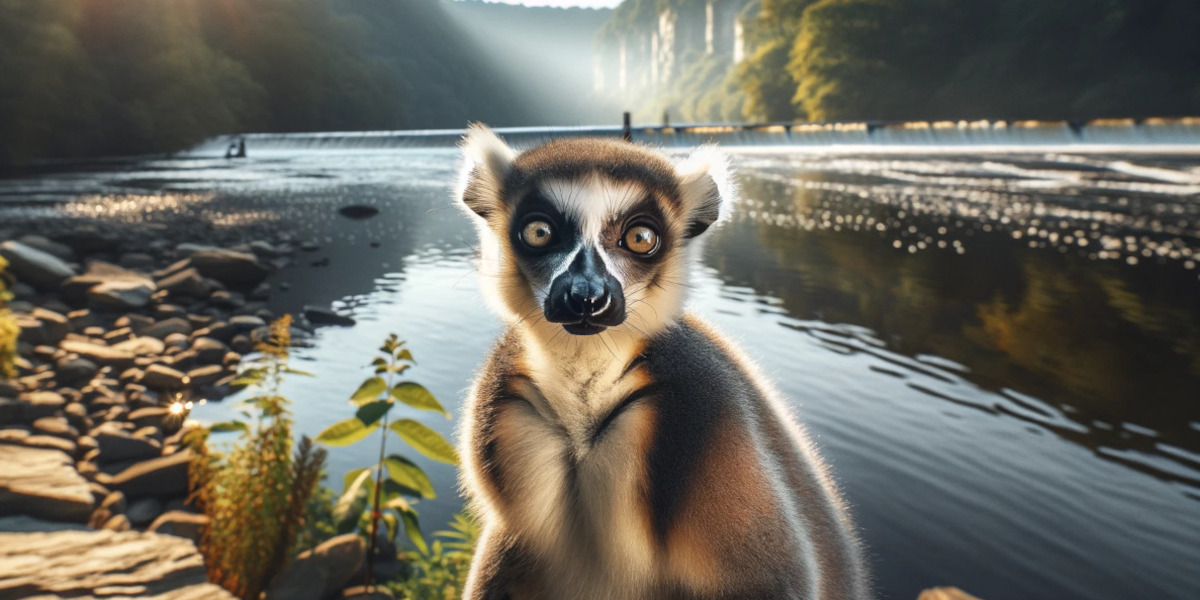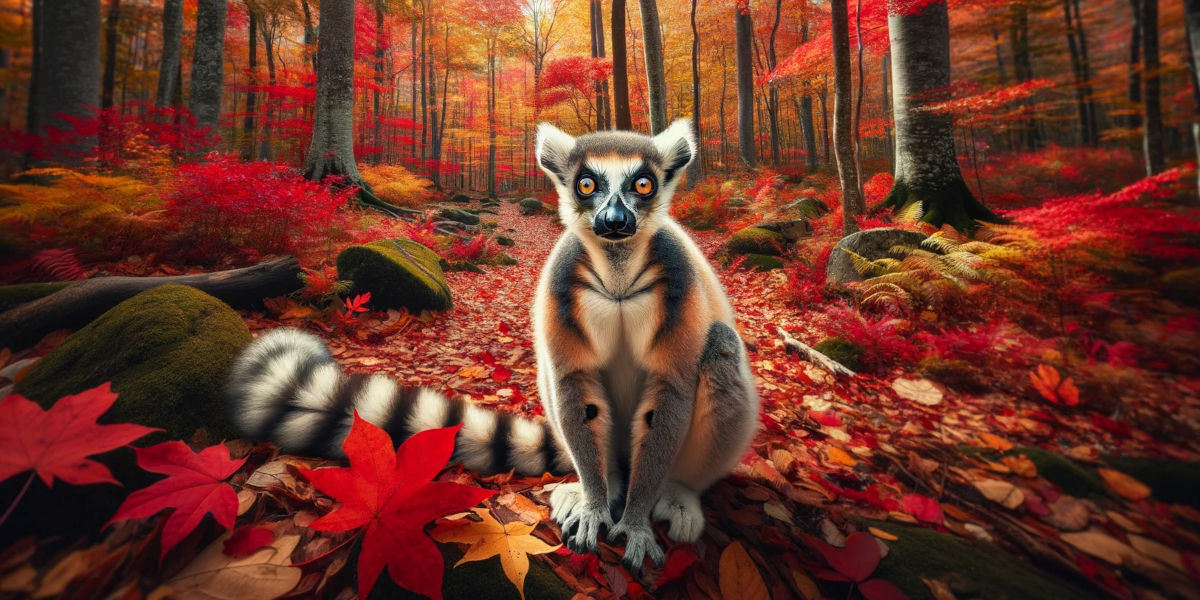
Introduction
Lemurs are a fascinating group of primates known for their large, expressive eyes, long tails, and social behaviors. These mammals are endemic to the island of Madagascar, located off the southeastern coast of Africa.
Lemurs come in various sizes and species, with some being as small as a mouse and others as large as a medium-sized dog. They are primarily arboreal, spending most of their time in trees, and are known for their unique dietary and reproductive habits.
Regarding the question, “Do lemurs live in Georgia?” The quick answer is no, not in the wild. Lemurs are native to Madagascar and do not naturally inhabit Georgia or any other part of the world.
However, lemurs can be found in zoos, wildlife reserves, and sanctuaries outside of Madagascar, including in the state of Georgia in the United States of America. These facilities aim to educate the public about lemurs, contribute to their conservation through breeding programs, and support conservation efforts in Madagascar.
Georgia’s Wildlife and Ecosystem

Overview of Georgia’s Natural Ecosystem
Georgia, located in the southeastern United States, is home to a diverse range of ecosystems, from coastal beaches and marshes to dense forests and mountain ranges. This variety of habitats supports a wide array of wildlife and plant species.
The coastal plains, for example, are known for their vast stretches of wetlands, which are crucial for bird migration and breeding. The Okefenokee Swamp, one of the largest freshwater ecosystems in North America, lies in this region, providing a habitat for alligators, herons, otters, and many other species.
Moving inland, the Piedmont region features rolling hills, rivers, and forests that are home to deer, foxes, and numerous bird species. This area connects with the Appalachian Mountains in the northern part of the state, where the cooler, higher elevations support species adapted to these environments, including black bears, salamanders, and a variety of hardwood trees.
Presence of Non-native Species in Georgia
Georgia, like many places, has seen the introduction of non-native species, some of which have thrived and impacted local ecosystems. These species arrive through various different methods, including accidental introduction via human travel and trade, as well as intentional releases into the wild.
One notable non-native species is the armadillo, which has expanded its range into Georgia from the southwest, adapting well to the state’s habitats and climate.
Another significant example is the feral hog, which has become a problematic invasive species in Georgia. Originally introduced by European settlers, these animals have proliferated and now pose a threat to native wildlife and habitats through their feeding and rooting behaviors, which lead to soil erosion and crop damage.
Efforts to manage and mitigate the impacts of non-native species in Georgia involve a combination of public awareness, habitat restoration, and, in some cases, the removal of invasive species. These actions are crucial for preserving the state’s native biodiversity and ensuring the health of its ecosystems for future generations.
Are There Lemurs in Georgia? Everything You Need to Know

Lemurs in the Wild vs In Captivity in Georgia
The presence of lemurs in Georgia is limited strictly to captive settings, such as zoos, sanctuaries, and educational centers. There are no wild populations of lemurs in Georgia or anywhere else outside of their native Madagascar.
These primates have adapted to life on the diverse island of Madagascar over millions of years, and their existence in the wild is carefully linked to the island’s unique ecosystems. However, in Georgia, lemurs can be found in environments that are carefully designed to follow their natural habitats as closely as possible.
Facilities like Zoo Atlanta play a significant role in the conservation and education efforts regarding lemurs and other exotic animals. These institutions often participate in global conservation efforts, breeding programs, and research projects aimed at understanding and preserving lemur species, many of which are threatened or endangered due to habitat destruction and hunting in Madagascar.
Conservation and Legal Aspects of Lemurs Living in Georgia
The legality surrounding the ownership and care of exotic animals in Georgia is designed to ensure the welfare of the animals and the safety of the public. Georgia law requires permits for owning many types of exotic pets, and these regulations are in place to prevent the irresponsible ownership and potential release of non-native species into local ecosystems.
The Department of Natural Resources in Georgia oversees these regulations and works in conjunction with wildlife conservation organizations to monitor and manage exotic animal ownership.
Conservation efforts in Georgia, as part of broader international efforts, focus on education, habitat preservation, and breeding programs aimed at increasing population numbers of endangered species. Zoos and sanctuaries within the state are often involved in global networks that work towards the conservation of lemurs, contributing to research, funding, and awareness campaigns that highlight the importance of preserving these unique creatures and their habitats.
Conclusion
In summary, while lemurs do not naturally live in the wilds of Georgia or any other region outside of their native Madagascar, they can be found within the state in various captive environments. These settings, including zoos and wildlife sanctuaries, offer a glimpse into the unique world of these fascinating primates, albeit far from their natural habitat.
Georgia’s legal framework for exotic animals, including lemurs, highlights the state’s commitment to animal welfare and ecosystem protection. By regulating the ownership and care of exotic species, Georgia helps to prevent potential ecological disruptions that non-native animals could cause if introduced into the wild




